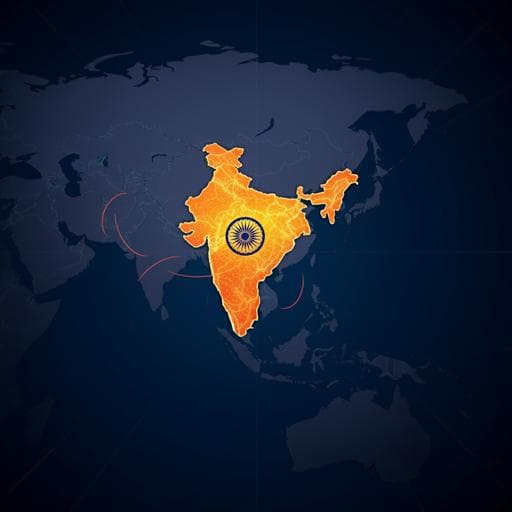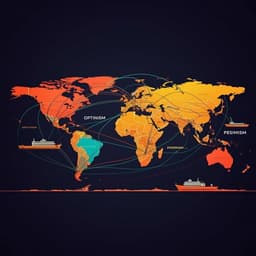
Political Science
Deconstructing media narratives of the Indo-Pacific strategy: Exploring India's ontological security and national identity in the *Times of India*
Z. Li and L. Sheng
This study by Zhou Li and Li Sheng delves into how *Times of India* shapes national identity and security perceptions regarding the Indo-Pacific Strategy, revealing India's aspirational role as a leader amidst regional anxieties. Discover the intricate narratives influencing India's geopolitical stance.
~3 min • Beginner • English
Related Publications
Explore these studies to deepen your understanding of the subject.







